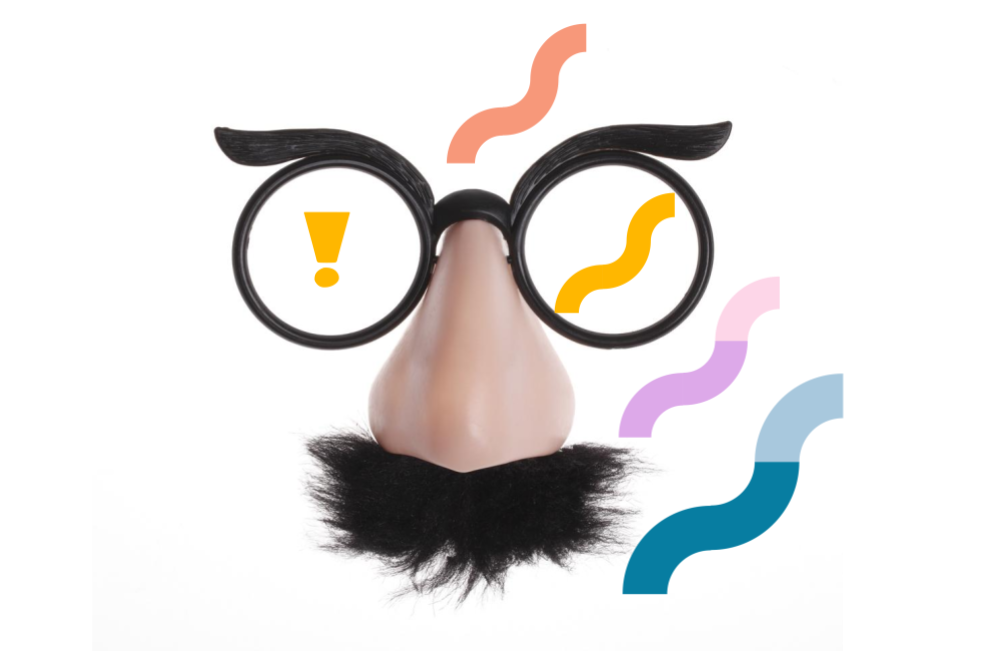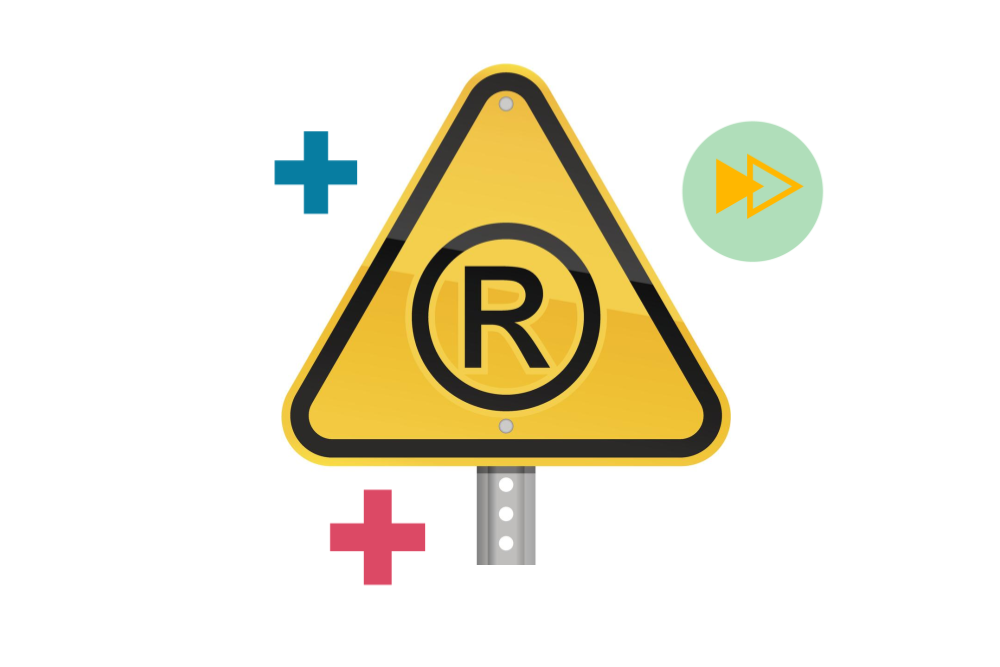
Author Rachel Nicholls
The fight by brands against counterfeit goods is not a new one – it is a battle almost as old as brands themselves and it is a frustrating problem. Add replica products to the mix, or market, and the frustration for brand owners intensifies and grows more complex. In this article our IP specialists explain each key counterfeit product problem affecting brands with expert guidance to proactively manage them and protect your valuable Intellectual Property rights.
The counterfeit product market
Counterfeit products hit the bottom line for brands, with a 2019 joint report by the European Union Intellectual Property Office (EUIPO) and The Organisation for Economic Co-operation and Development (OECD) reporting that counterfeit products now account for around 3.3% of global trade (around €460 billion) up from around 2.5% in 2016.
But the counterfeit product problems don’t stop there. Counterfeiting has a direct impact not only on well-known brands, but also on the consumer, the wider economy, and the broader humanitarian picture, and is by no means a victimless crime as it is so often claimed to be.
Counterfeit vs replica products
It is important to distinguish between counterfeit goods from mere replicas. A counterfeit is a fake product that has been created intentionally to give the erroneous impression of being the genuine article – usually a famous or well-known brand – which includes the application of the well-known brand’s rights, for example a trade mark or design.
In contrast, a replica product has been created as a nod to another more well-known product, but rather than applying the trade mark of the known brand, it usually carries a different symbol or logo which admittedly may bear similarities to the known brand, but contains differences distinguishable from the brand.
Counterfeit product problem 1: Damaged brand reputation
Brands value their reputations above most other things and counterfeit products represent a real danger to that reputation. A good brand reputation can take years to build and it can be damaged instantly by counterfeit products that their customers have unwittingly purchased.
Although counterfeiters have become much more sophisticated and more technical in the production of counterfeit goods, there is no doubt that counterfeit products are not subjected to the strict and stringent quality standards adopted by the known brand. This results in inferior products making their way onto the marketplace and into consumer’s hands bearing the trade marks and designs of the genuine brand owner.
Presented with products which do not meet the standard they expect of their favourite brands, consumers may be quick to condemn, and with social media the way it is, it takes only a few negative posts to start the ball rolling to destroy a brand’s reputation.
Counterfeit product problem 2: Safety risks
Worse still, a lack of stringent testing represents a real danger to the health and safety of the consumer. Take for example medicines, cosmetics, electrical equipment, or products for children, all of which consumers of the known brand would expect to have been subjected to rigorous testing, and to be safe for consumption or use. No known brand wants the headline that its products have caused damage, harm – or worse – to its consumers.
Counterfeit product problem 3: Commercial losses
Counterfeits also hit the bottom line for brands with counterfeiting estimated to have been responsible for losses of $98 billion in the luxury goods sector in 2017, in particular clothing, textile, footwear, cosmetics, handbags, and watches, with online counterfeiting making up $30.3 billion of the total. The loss in product sales and profit is a major issue for brand owners, especially the major global designer brands where the losses can surmount to millions.
The problems counterfeit products cause for consumers
The inferior quality of counterfeit goods affects the consumer just as much as it affects the brands. Some counterfeit products look so good now that they may not be distinguishable from the real deal from afar. But up close, the differences are often very clear, and the poor-quality product is likely to fall apart or be defective from the start.
The safety of consumers is paramount to known brands. The testing procedures are rigorous and strict. Consumers can be sure that a genuine medicine will not cause harm, a genuine piece of electronic equipment will not be hazardous, a skin care product will not cause adverse reactions, a toy for children will entertain and not harm. Counterfeiters have no such interest, preferring instead to make a quick, cheap buck.
According to a report published by the UK Intellectual Property Office (UKIPO) in September 2020, faulty domestic appliances accounted for nearly 3,000 domestic fires in England alone between 2017-2018. In April 2018, a raid of the LA fashion district seized over $700,000 of counterfeit cosmetics which had brought consumers out in lumps and rashes. Testing on the products revealed that they contained high levels of bacteria and animal waste
Counterfeiters are criminals, and their criminal activities are unlikely to be restricted to counterfeit products. Criminals behind websites are likely to think nothing of stealing credit card and other personal details for their own criminal gains. Consumers who are looking for a bargain or their favourite brand at a fraction of the price may actually be funding additional criminal activities.
The wider counterfeit product problem
But counterfeiting doesn’t only impact on the genuine brand and the direct consumer – it is a much wider problem than this. The annual loss to the economy through counterfeiting in the UK is estimated at £9 billion resulting in around 80,500 job losses each year. Looking to the broader picture in Europe, the EUIPO estimates that counterfeit goods cost the EU €60 billion, and 434,000 job losses each year.
According to the International Chamber of Commerce, cross-country governments lose around $89 billion per year through the loss of sales tax on counterfeit products, having a direct impact on the public purse and public spending on schools, policing, hospitals and roads.
In addition to the impact on the economy, the United Nations Commission on Crime Prevention and Criminal Justice states that counterfeiting is now the second largest source of criminal income worldwide. With no regard for basic employment rights, counterfeiting gangs have a considerable impact on the rights of workers around the globe. The absence of any controls over working conditions affects many vulnerable members of society involved in the production of counterfeit goods, including children and those in poverty.
There are proven links between the sale of counterfeit goods and the funding of terrorist operations and of other prominent criminal groups with direct links to organised crime, human trafficking, child sexual exploitation and prostitution.
Trends and challenges in ecommerce
There is no doubt that the current trend towards online retail, made even more prominent in recent pandemic restrictions, is a major contributor to the rise in counterfeit goods and counterfeit product problems.
The OECD and EUIPO report pointed the finger at technology making it easier to buy and sell goods online, with the report highlighting “digital platforms which help connect supply and demand globally” as having a particular impact. And a 2020 study by the Anti-Counterfeiting Group (ACG) found that around 31% of consumers unintentionally bought a fake product online in 2019, up from 24% in 2018.
Whilst a large portion of those online counterfeits have historically been bought via large-scale online marketplaces like Amazon and Ebay, consumers should also be aware of the rapid rise in counterfeiters targeting them via social media, with 23% of the unintentional purchases of 2019 being attributed to social media either through a direct post or a sponsored advert. Large scale online retailers are attempting to play their part in the clamping down of counterfeit products, with Amazon introducing the “Brand Registry” in 2017 – which allows manufacturers to register the trade marks on the site – and from which Amazon claims to have investigated 95% of all potential infringements within eight hours.
How brands can be proactive
To really take control of counterfeiting, brands themselves must also take responsibility for policing their own Intellectual Property rights and implementing effective IP protection measures. Below our IP specialists share their expert advice for proactively managing any counterfeit product problem:
Consumer education – brand owners should introduce key identifying features to genuine goods and educate their consumers regarding those features, enabling easy identification of counterfeit goods. Educating consumers on identification of genuine products, the dangers of counterfeit goods and the reporting process for counterfeit goods, turns the consumer into another pair of eyes in spotting and reporting counterfeit products on behalf of the brand.
Consider online activity – brand owners should monitor online activity surrounding their brands, and importantly, should maintain strict requirements for their own online activity making it easier to spot the route to market of counterfeit products. Nike has recently made the decision to remove all product from Amazon in an attempt to clamp down on counterfeit products being sold via that medium.
Customs registrations – brand owners should record their registrations at customs ensuring a swifter and easier detainment routes. Brand owners should ensure that they act swiftly on any approach received from customs officials.
Marketing strategies – brand owners should monitor online advertising campaigns, particularly those conducted via social media which reach a very wide audience, and perhaps the most impressionable members of society, many of whom fall into the big brands’ target audiences.
Online retailer recordals – brand owners should ensure that their brands are recorded in line with the intellectual property policies of the large online retail sites such as Amazon and Ebay which will ensure a swifter take down route.
Protect IP – brand owners should ensure that they have adequate registered protection for their trade marks, and should also consider additional protection in the form of designs which may assist in preventing a wider range of counterfeit goods.
We create real IP value
From the everyday to the IP emergency, our accomplished Chartered Trade Mark Attorneys and IP Solicitors are driven to get the very best outcome for every brief for every client, every time! Sonder & Clay are a full service IP law firm with proven expertise and results in IP protection, strategy, disputes, and exploitation. Learn more about our IP services or get in touch with us for a complimentary IP audit today.



